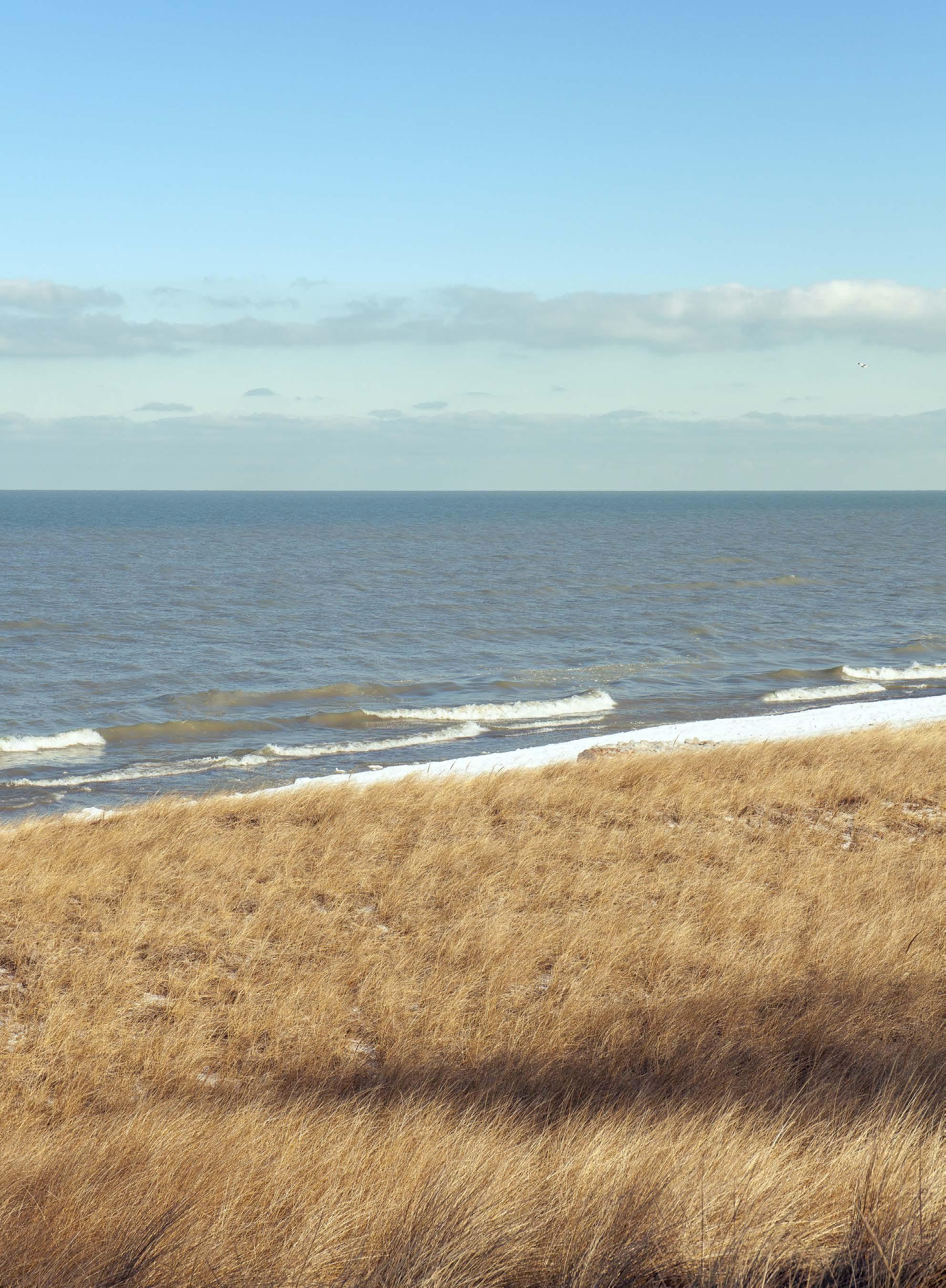
1 minute read
Adventure Awaits in Your Own Backyard
Prep Early
Get an annual national park pass your routes and map out everything in advance. It’s also a good idea to purchase hard-copy maps, like National Geographic’s waterproof trail map series. They not only include topography, but also roads and routes not detailed on regular maps — or, frankly, the ones you receive at the gate.
Time it Right
Because the parks are so vast, timing is everything. Cuyahoga Valley, for example, spans 33,000 acres. Group viewpoints and hikes by regions within the park; note the distance and time between destinations; and know how far it is to your must-sees in advance. No one wants to end up mid-mountain and crunched for time. Account for the fact that these drives can take longer than expected — mountain, unpaved and meandering roads are that way. Consider, too, what time of year is right for your visit. In some parts of the country, the summer heat is oppressive, while winter brings seasonal road closures that render parks, or parts of parks, off-limits for months at a time. By contrast, offseason visits — spring and fall — prove more peaceful and less populated, while providing a beauty of their own. However, these can also be times when certain regions receive the most rain.
Buy a park passport — and stamp it at each visitor’s center
Book early — nearby accommodations fill up well in advance
Take Self Care
Bring proper gear — and prepare for weather changes
Dress in layers and bring a daypack
Drink water — and lots of it
Slather on sunscreen, regardless of the weather
Pack a picnic, as dining options are limited-to-non-existent
TIME TO GO!
Stop by the gift shop — they tend to be great
Gas up the night before — hours vary and options are few and far between
Combine camping with a stay in a historic lodge or Airbnb
Befriend park rangers for insider information
Download park, weather and GPS apps in advance
Check the park website for time entry requirements
Leave no trace










